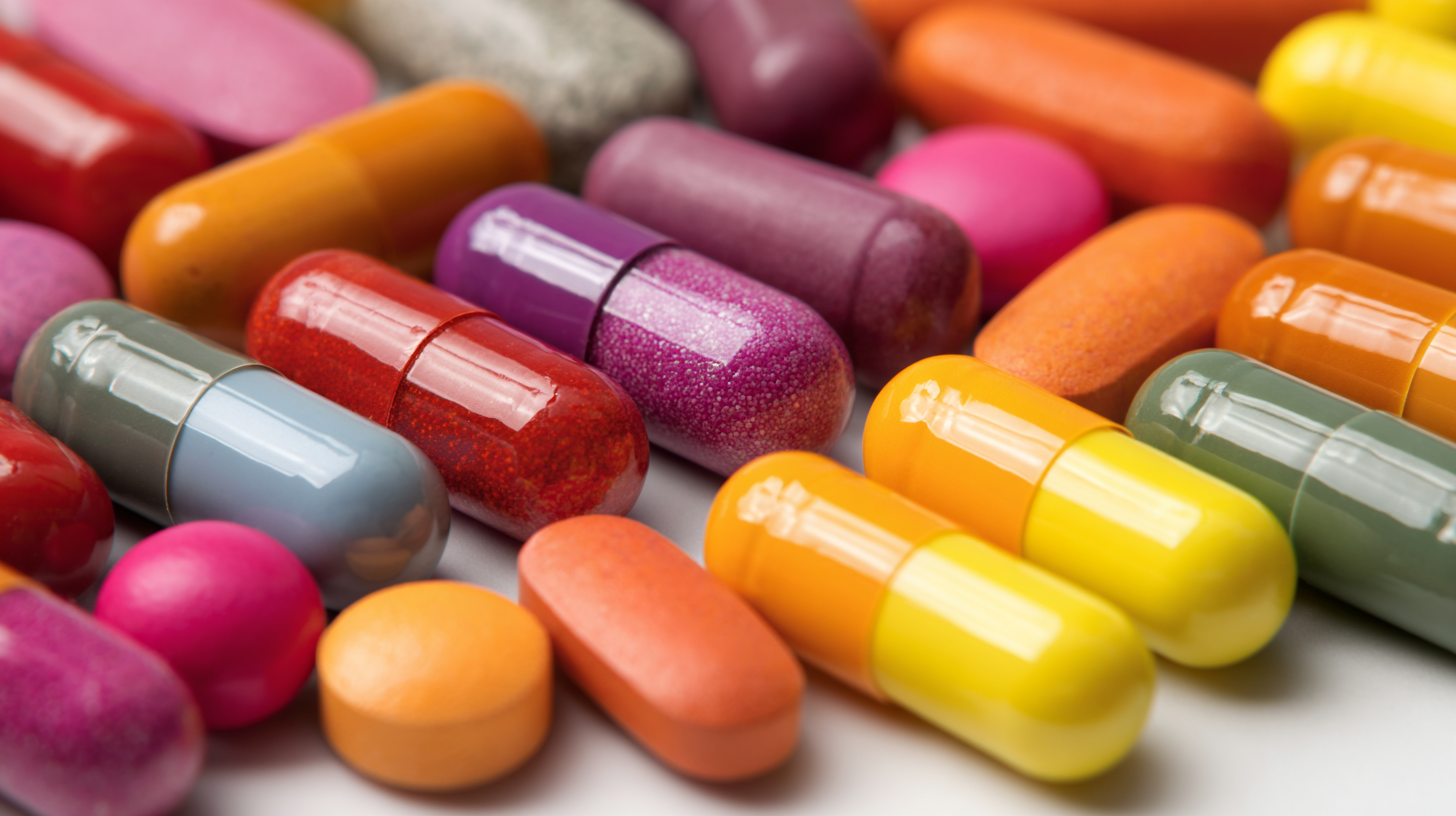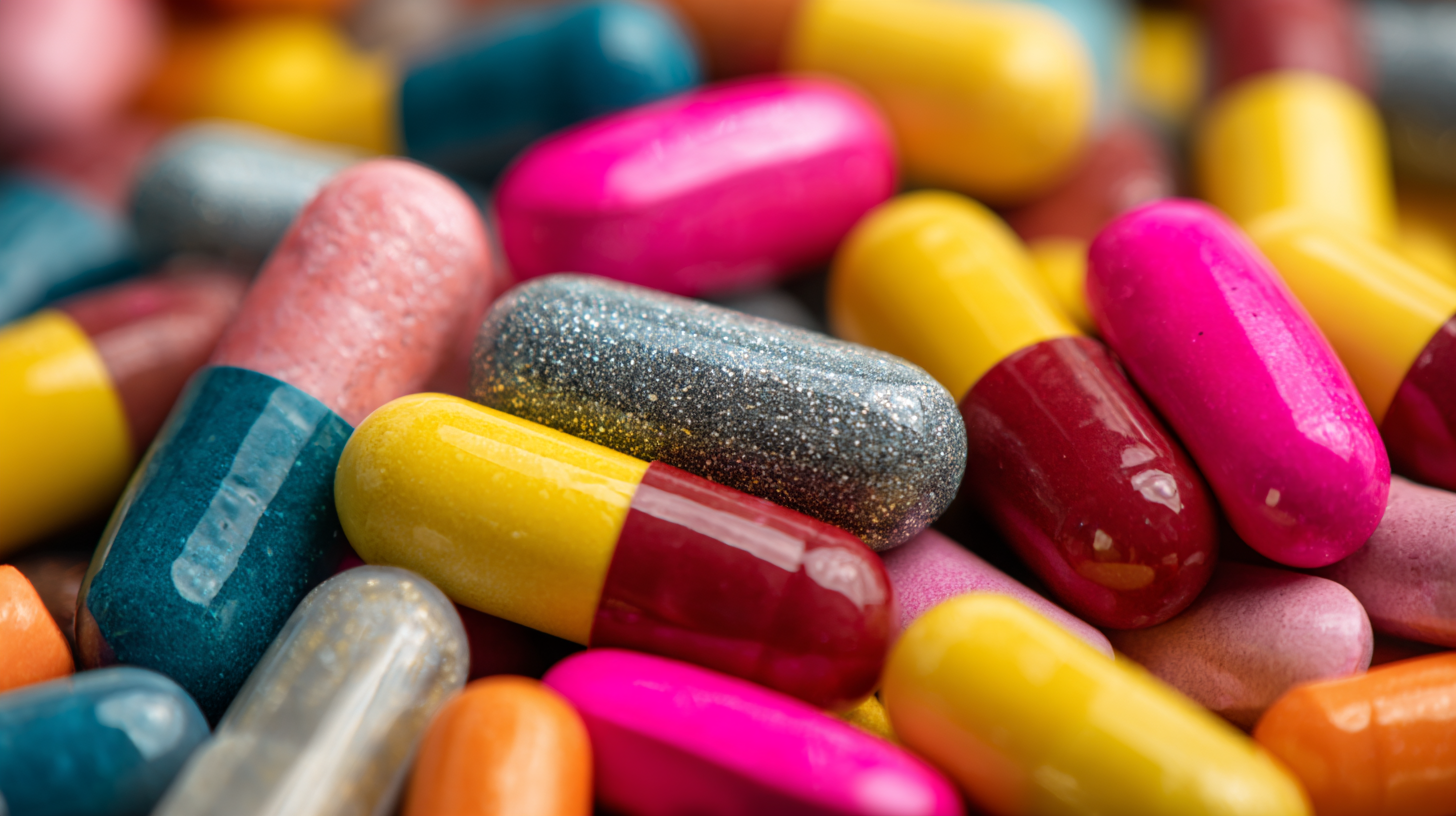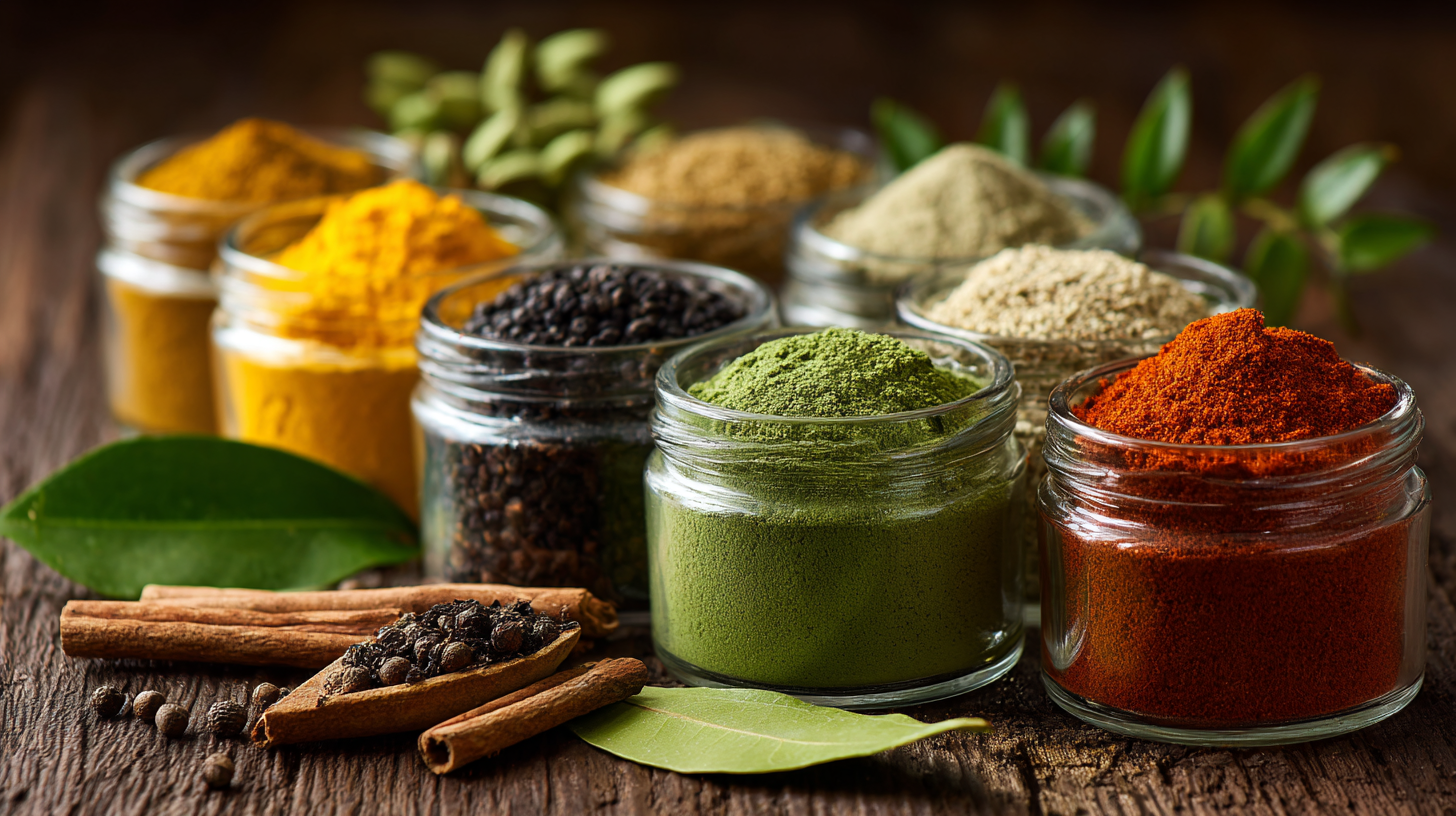
10 Key Tips for Sourcing the Best Raw Pharmaceutical Ingredients Globally
In today's global pharmaceutical industry, the procurement of raw pharmaceutical ingredients is crucial for ensuring the efficacy and safety of medications. According to a report from ResearchAndMarkets, the global pharmaceutical raw materials market is expected to reach $262.5 billion by 2025, growing at a CAGR of 6.5%. This significant growth highlights the increasing demand for high-quality raw materials, which are essential for pharmaceutical companies aiming to meet stringent regulatory standards and consumer expectations. However, sourcing these ingredients can be a complex and challenging process due to factors such as supply chain disruptions, regulatory compliance, and quality assurance issues. Therefore, understanding the best practices for sourcing raw pharmaceutical materials globally is more important than ever for industry stakeholders looking to enhance their competitive edge and ensure product reliability.

Understanding the Global Landscape of Pharmaceutical Raw Materials Sourcing
Sourcing the best raw pharmaceutical ingredients globally requires a nuanced understanding of the intricate landscape of pharmaceutical raw materials.
According to a report by the Global Pharmaceutical Industry Analysis, the global market for pharmaceutical raw materials was valued at approximately $190 billion in 2022 and is projected to grow at a CAGR of about 6.5% through 2030. This growth is driven by increased demand for generic medicines and biopharmaceuticals, which require high-quality raw materials that meet regulatory standards.
Moreover, geographic disparities in raw material availability can significantly influence sourcing strategies. For instance, Asia Pacific is responsible for over 40% of the world's pharmaceutical intermediates, with China and India leading in production capabilities. However, concerns over quality control and regulatory compliance often complicate sourcing decisions. According to the FDA, about 85% of active pharmaceutical ingredients (APIs) used in the U.S. are sourced internationally, making it crucial for companies to establish reliable supplier relationships and robust quality assurance processes to mitigate risks associated with global sourcing.
Evaluating Supplier Credentials and Compliance with Regulations
When sourcing raw pharmaceutical ingredients globally, understanding and evaluating supplier credentials is paramount. Begin by scrutinizing the supplier's certifications, such as Good Manufacturing Practices (GMP) and ISO certifications. These documents not only affirm the supplier’s commitment to quality but also ensure that they adhere to international standards. It is advisable to verify these credentials through relevant regulatory bodies or third-party audits to confirm their authenticity.
Compliance with local and international regulations is another critical aspect. Suppliers must demonstrate adherence to the specific regulatory frameworks of the countries they operate in, such as the FDA regulations in the United States or the EMA standards in Europe. Engaging in thorough due diligence, including reviewing their history of compliance and any past violations, can safeguard against potential legal and financial repercussions. Regular communication with suppliers about their compliance practices can help build a transparent and trustworthy relationship, ultimately leading to better quality assurance in your pharmaceutical sourcing endeavors.
Key Evaluation Criteria for Sourcing Raw Pharmaceutical Ingredients
This chart illustrates the relative importance of various criteria when sourcing raw pharmaceutical ingredients globally. Quality assurance and regulatory compliance are paramount, followed by factors like supplier location, cost, lead time, and technical support.
Comparing Cost vs. Quality: Striking the Right Balance in Sourcing
When sourcing raw pharmaceutical ingredients globally, striking the right balance between cost and quality is crucial. While it may be tempting to opt for the cheapest options available, low-cost ingredients can often compromise the integrity of the final product, leading to issues that range from reduced efficacy to regulatory non-compliance. Therefore, thorough research into suppliers is essential; evaluating their certifications, quality control measures, and past client feedback can help ensure that the ingredients meet stringent industry standards.
Conversely, investing in higher-cost ingredients can provide significant long-term benefits, including enhanced product stability and increased customer trust. It’s vital to consider the total cost of ownership rather than just the initial purchase price. This means assessing factors such as supplier reliability, shipping costs, and potential delays that could arise from sourcing quality ingredients from less reputable suppliers. By carefully weighing these aspects, businesses can make informed decisions that prioritize both cost efficiency and product excellence, ultimately leading to sustainable growth in a competitive market.
Leveraging Technology for Efficient Sourcing and Supply Chain Management
In an increasingly globalized market, leveraging technology has become essential for efficient sourcing and supply chain management of raw pharmaceutical ingredients. Modern digital tools such as artificial intelligence and machine learning can analyze vast amounts of data in real-time, helping businesses identify the best suppliers and quickly adapt to market changes. These technologies allow companies to assess supplier reliability, compare costs, and evaluate quality standards, ensuring a seamless supply chain process.
Moreover, utilizing blockchain technology enhances transparency and traceability within the supply chain. This is particularly important in the pharmaceutical industry, where compliance with regulations is paramount. By securely recording every transaction, companies can effectively monitor the flow of raw materials from suppliers to manufacturers, thereby reducing the risk of counterfeit products. Ultimately, integrating these technological advancements not only streamlines sourcing processes but also fosters stronger partnerships with suppliers, driving innovation and improving overall operational efficiency.

Assessing Risks: Strategies for Navigating Global Sourcing Challenges
When sourcing raw pharmaceutical ingredients globally, understanding and assessing potential risks is crucial to mitigate disruptions in the supply chain. According to a recent report by the International Pharmaceutical Federation, approximately 50% of pharmaceutical companies have experienced supply chain issues due to geopolitical factors and regulatory changes. A proactive approach is essential; conducting thorough supplier audits and monitoring political climates can prevent unexpected shortages.
Tip: Establishing strong relationships with reliable suppliers not only enhances communication but also provides a safety net during crises. Regularly review your supply network, and consider diversifying your sources to avoid dependency on a single region, especially in volatile areas.
Moreover, as sustainability becomes a rising concern in the pharmaceutical industry, evaluating environmental risks is equally important. A McKinsey report highlights that over 70% of consumers prefer medications from manufacturers committed to sustainable practices. Implementing sustainable sourcing strategies can not only reduce risks but also align your business with market demands.
Tip: Utilize technology to streamline sourcing processes and enhance transparency. Tools like blockchain can provide traceability of raw materials, ensuring compliance with regulations while minimizing the risk of counterfeit products entering your supply chain.

